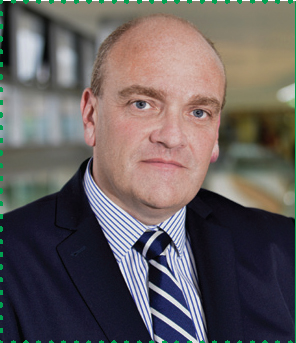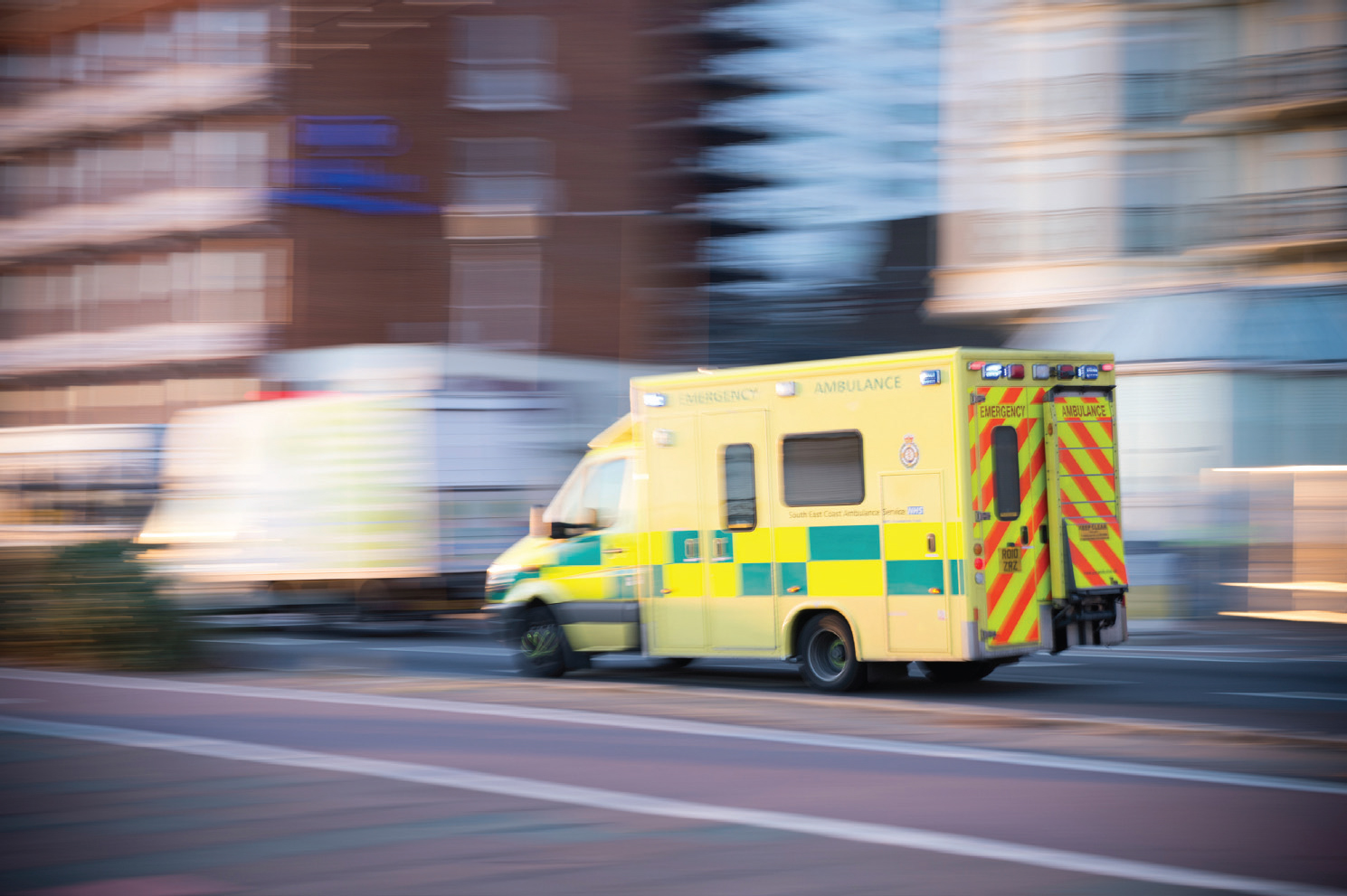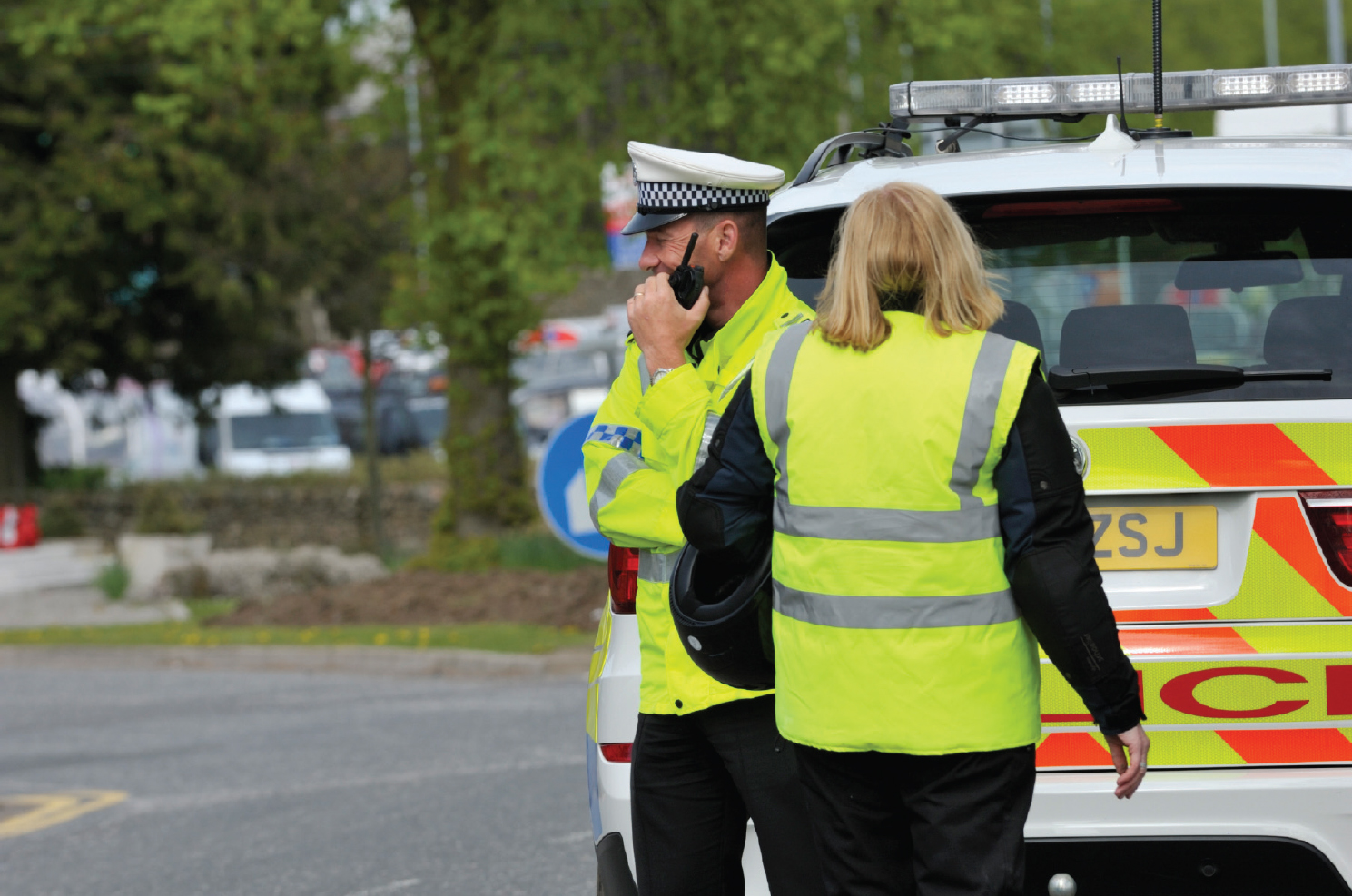
Every day, more than 24 million O2 customers make over 120 million phone calls on our customers network, while sending over 150 million text messages and transmitting over 240 terabytes of data. Supporting these customers is a massive obligation, and we invest over half a billion pounds a year to keep our network evolving at all times.
However, in addition to this market leading consumer offering, O2 is no stranger to the public sector. We have vast experience in the world of critical communications and a strategic commitment to bring these technologies and expertise to the benefit of both central and local Government. Our critical infrastructure expertise in the UK marketplace is well known. Our technology and services are used by organisations such as Network Rail and Transport for London, numerous central and local Government bodies and 27 police forces, 11 fire services and four ambulance Trusts. O2's parent company, Telefonica, has a proven heritage with a number of global emergency services (ES) including running 911 and 999 services in Spain.
One of the most active areas of debate about the future of communications for the ES is whether this overhaul is actually required, particularly at a time when Government spending is being squeezed across the board. The answer is a definitive yes.
‘The next generation Emergency Services Network (ESN) will provide a massive increase in the way the ES communicate and use data’
The next generation Emergency Services Network (ESN) will provide a massive increase in the way the ES communicate and use data, giving the end users a more powerful experience, supporting them to deliver and exceed against their organisation targets.
Using the current network, ambulance staff and paramedics arrive at the scene of emergencies or injuries with little information except location. The nature of the crisis or details of the sex or condition of the patient is often unknown. This situation can sometimes lead to confusion and a waste of valuable resources. Critically, weak communications can also put ES staff in harm's way if they are going into a dangerous or threatening environment without the correct back-up. First and foremost, ES staff must be kept safe so they can assess their patient's condition and take potentially life-saving decisions about any treatment needed.
These limitations have to be addressed and O2 is committed to providing a communications solution that will provide inter-service operability and vastly improved access to data on the move. Paramedics and ambulance staff are relied upon to attend some of the most traumatic accident scenes possible. Leading edge communications are critical not just in helping the healthcare professionals to do their job but in getting them back to base safely to regroup and recover.
This upgrade to the ESN presents a comprehensive opportunity to improve public service delivery for the benefit of every citizen and the Government, supplying combined Mission Critical Voice and Mission Critical Data services. Ultimately the delivery of a secure, resilient and innovative network will allow the emergency services to be more productive and flexible, while providing cost efficiencies for the Government.


The 300 000 men and women of the ES, who protect and care for us 24/7, 365 days a year, are currently relying on a system that is nowhere near as powerful as the 4G network that O2's 24 million customers rely on every day. That has to be addressed so that ES users can keep themselves and the general public safe.
‘Community safety in the digital world’ is one of our key strategic objectives. Using 4G technology, the ES can quickly co-ordinate responses to serious incidents and free up thousands of man-hours by streamlining administration; at the same time paramedics can access potentially life-saving data. But the new ES network has to provide all those additional capabilities without any increase in the existing cost-base. And that is where O2's economies of scale will make an unrivalled difference.
It's in the area of life-saving informatics that the 4G network would make a real difference. O2's network technology and vast experience when combined with the expertise and equipment of the ambulance and paramedics services means that their vehicles can be turned into mobile ‘informatics hubs’. With life-saving and condition monitoring equipment connected by WIFI onto the national 4G network, an ambulance crew could access patient data, learn about patient medications and seek real-time advice from experienced staff based at hospitals. And, with body worn video, ES staff could seek advice and counsel on a range of patient conditions in a way that was impossible only three or four years ago. This would make a life-saving difference.
With such critical data being transmitted, O2 builds in substantial resilience, redundancy and diversity into the network. But there is no complacency. O2 were the first mobile operator to achieve the CAS(T) accreditation for Public Services Network contracts. That is an endorsement of the secure nature of our network and our responsible approach to business. And we are the first mobile operator to gain the new Business Continuity standard ISO 22301 which sits alongside our ISO 27001 certification for Security of our Customer Data. We also received a high assurance rating from the Information Commissioner's Office on how we protect data.
In times of emergency activity, our network has to support both the ES and the general public. The company sees that as a commitment that we will not shirk from.

